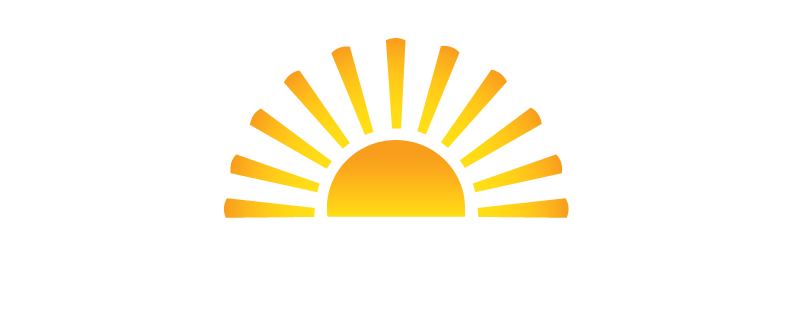Physical therapy is a fantastic treatment option for those suffering from acute or persistent pain. In some cases, physical therapy is an adequate treatment on its own, while in others it is administered as an important part of a more comprehensive care plan.
When treating chronic pain conditions, physical therapists will generally collaborate with pain management practitioners to coordinate a plan of care that includes physical therapy and interventional pain management.
Forms of Physical Therapy
Low-impact aerobic training
Aerobic exercises are rhythmic, repetitive physical activities that increase your heart rate to promote good cardiovascular and overall health. During aerobic exercises, your breathing controls the amount of oxygen that reaches your muscles to help you burn energy and move. Low-impact aerobic exercises are ideal for chronic pain patients as they get the heart pumping while minimizing stress to the joints. Examples of low-impact aerobic exercise includes walking, cycling, swimming, and running on cardio machines like ellipticals.
Strengthening exercises
Strength training employs activities that make muscles work against a weight or other resistance force. The body adapts to this resistance over time by building muscle and joint strength and increasing bone density. These improvements help improve function and mobility while allowing the body to better cope with everyday physical activities. Physical therapy generally includes low-resistance strength training to avoid the risk of muscle strain. Examples include assisted weight-lifting machines, exercise bands, or body weight exercises such as squats, lunges, or push-ups.
Stretching
Stretching involves positioning the body in such a way that specific muscles are fully extended. That position is then held for a brief period of time while taking slow, deep breaths. This lengthens the muscles, resulting in improved flexibility and mobility. A physical therapist will prescribe specific kinds of stretches to most effectively treat a patient’s condition.
Physical Therapy and Chronic Pain
Physical therapy can help people of all ages who have medical conditions, illnesses, or injuries that limit their ability to move and function. When it comes to chronic pain, physical therapists are experts in determining the cause of the issue. They will look for areas of weakness or stiffness that may be adding stress to painful areas. They then treat those areas with certain exercises to ease pain and help improve mobility.




